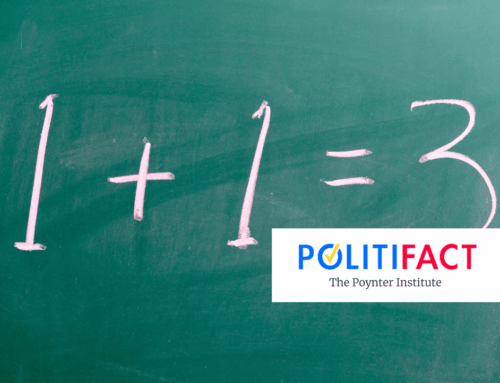The Congressional Budget Office’s (CBO) release of “The Budget and Economic Outlook: 2024 to 2034,” provides new insights into the United States’ fiscal future. This annual report, which CBO updates up to three times per year, brings a cautiously optimistic view, indicating that while still high, deficits from 2024 to 2033 are expected to be significantly lower than previously projected. The shortfall for 2024 alone is projected to be $63 billion smaller, with a cumulative deficit reduction of $1.4 trillion over a decade.
This improvement is largely credited to the Fiscal Responsibility Act (FRA), which introduced new spending caps in exchange for Republican support to suspend the national debt ceiling until early 2025. Despite this, the national debt held by the public is expected to swell by $18.9 trillion by 2033, reaching a total of $45.7 trillion, or approximately 114% of the total economy, a ratio not seen since immediately after World War II. This is a slightly smaller increase compared to the $20.3 trillion forecast before the FRA was enacted.
While the FRA represents a step towards fiscal discipline, it’s crucial to recognize its limitations. The agreement’s success hinges on the government’s adherence to spending caps and managing the intricacies of tax expenditures and budget projections. Past experiences have shown that maintaining strict adherence to such caps can be challenging.
Furthermore, forthcoming policy decisions, including the expiration of tax cuts from the 2017 tax law and potential financial aid to countries like Ukraine, Taiwan, and Israel, will undoubtedly influence fiscal outcomes. While the CBO’s baseline projections are a crucial tool for lawmakers and the public, they assume that current laws governing spending and taxes remain largely unchanged. Unforeseen economic conditions or changes to these laws – like extending expiring tax cuts – could lead to different budgetary outcomes.
The CBO report, mandated by the Balanced Budget and Emergency Deficit Control Act of 1985, assumes full funding of programs like Social Security and Medicare, even in the face of insufficient trust fund resources. It also delves into economic indicators such as unemployment, inflation, and interest rates, forecasting a slowdown in economic growth for 2024 followed by a rebound in 2025. Inflation is expected to decelerate further, aligning with the Federal Reserve’s long-term objectives.
Discretionary and mandatory spending are key components of the CBO’s analysis. Discretionary spending, which includes defense and many non-defense activities like education and housing assistance, is set to grow with inflation once the FRA-imposed caps expire in 2025. Mandatory spending, encompassing federal benefit programs, is projected to rise due to economic factors and an increasing number of beneficiaries.
The CBO’s recent report and the FRA bring some positive news regarding deficit reduction, but they also underscore the enormity of the challenge ahead. The long-term fiscal health of the nation will require more than just spending caps; it necessitates a comprehensive, sustainable approach to fiscal policy.










